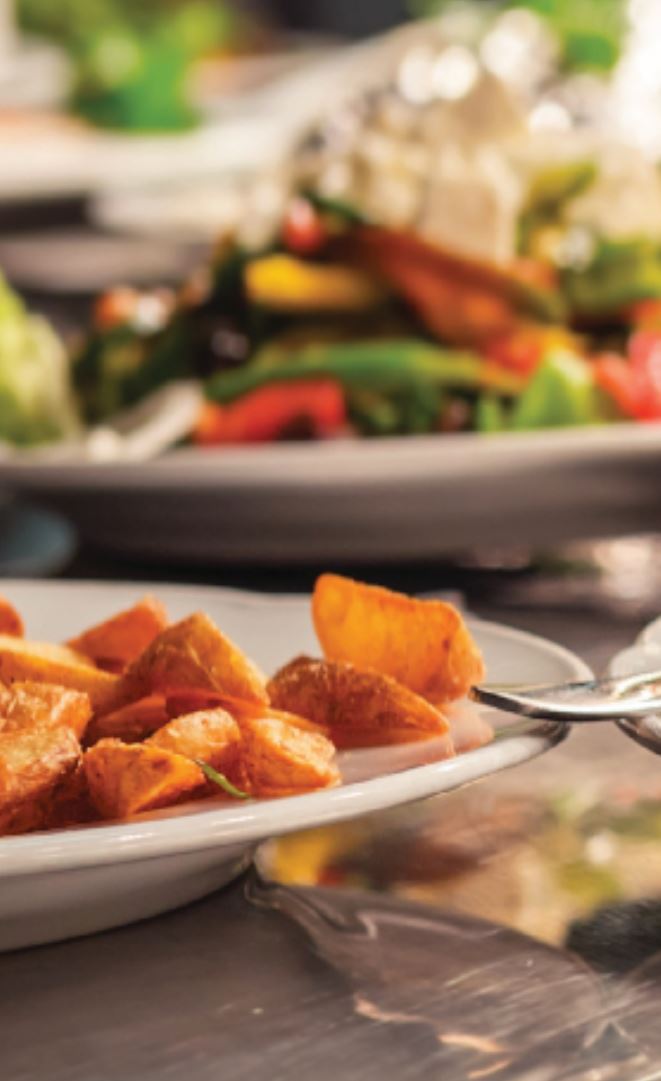According to Fishbowl’s recent "Where Should We Go for Dinner" loyalty report, price-break loyalty program components are now ubiquitous. It’s the non-price related benefits, especially those tied to customer personalization, that are more likely to trigger emotional attachment and, in turn, grow brand loyalty.
Using data to better understand dining decision-making can help you create a scalable program that goes beyond beaming out deals to your email list. In order to obtain information that can help your brand personalize communications, it’s necessary to figure out what data is most relevant to your business, what your loyalty program goals are, and how best to simplify or automate your marketing deployment.
But first, you’ve got to get interested customers to enroll. When P.F. Chang’s guests sign up for its loyalty program, they provide their name and email address. Additional data from analytics tools allows the P.F. Chang’s marketing team to then tailor communications to different customer segments. So if the restaurant chain knows that a particular customer usually stops by for lunch and orders the same dish, they may choose to send that customer a deal for that dish with a unique barcode, making the promotion trackable.
After the redemption, the next email communication to the customer may provide details on P.F. Chang's "farm to wok" philosophy.
“Unfortunately many of our guests don’t know that we make everything from scratch,” said Brian Best, P.F. Chang’s Director of Interactive Engagement. “We use the email medium to help educate and inspire with our video-rich content. We have stories about wok cooking and purpose-filled ingredients.”
To measure the success of these emails, P.F. Chang’s marketing team looks at click rates and open rates. In store, servers focus on providing an optimal dining experience and educating customers about the brand’s food philosophy.
P.F. Chang’s aims to maintain engagement with its loyalty program members. “We employ a database marketing strategy where we are targeting reacquisition or reactivation of lapsed customers,” said Best.
The right message at the right time can help spur return visits. “We want to be relevant to every one [of our customers] based on their buy-in behaviors,” Best said. “We have to cut through the email clutter. We want to inspire our guests to come visit us.”
Source: National Restaurant Association


